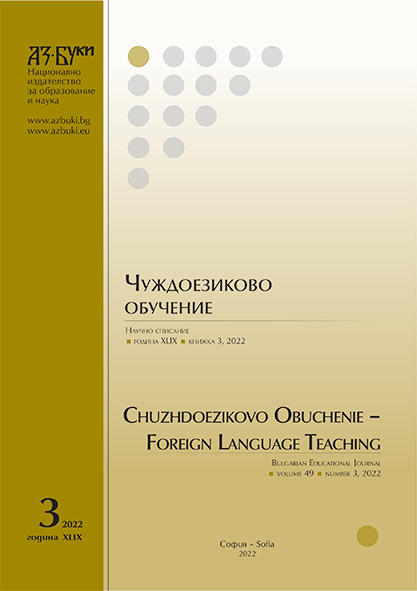Gamification in language Teaching at the University Level: Learner Profiles and Attitudes
Gamification in language Teaching at the University Level: Learner Profiles and Attitudes
Author(s): Denitza CharkovaSubject(s): Social Sciences, Language and Literature Studies, Education, Foreign languages learning, Applied Linguistics, Language acquisition, Cognitive linguistics, School education, Vocational Education, Adult Education, State/Government and Education, Philology, Inclusive Education / Inclusion, Stylistics, Distance learning / e-learning, Pedagogy
Published by: Национално издателство за образование и наука „Аз-буки“
Keywords: gamification; gamification elements; player types; English language teaching; learner attitudes
Summary/Abstract: In instructional settings, the term gamification refers to the use of game-based elements to increase learner motivation and involvement. This study aimed to get insight into how adult learners of English perceive gamified activities incorporated into their English language course, and whether player types as defined by Bartle (1996) - explorers, achievers, socializers, and killers – affect student attitudes to specific gamification elements (rules, time limit, challenges, leaderboard, awards, bonuses, and badges). The results showed a high level of student support (97%) for gamified language instruction. A significant difference was observed between player types regarding their attitudes to certain gamification elements and player types. Challenges were highly rated by the explorers (p = 0.006); leaderboards by the killers (p = 0.049), and time limit by the achievers (p = 0.009). The conclusion is that player types and preferences should be surveyed and considered when designing gamified learning activities.
Journal: Чуждоезиково обучение
- Issue Year: 49/2022
- Issue No: 3
- Page Range: 272-284
- Page Count: 13
- Language: English
- Content File-PDF

